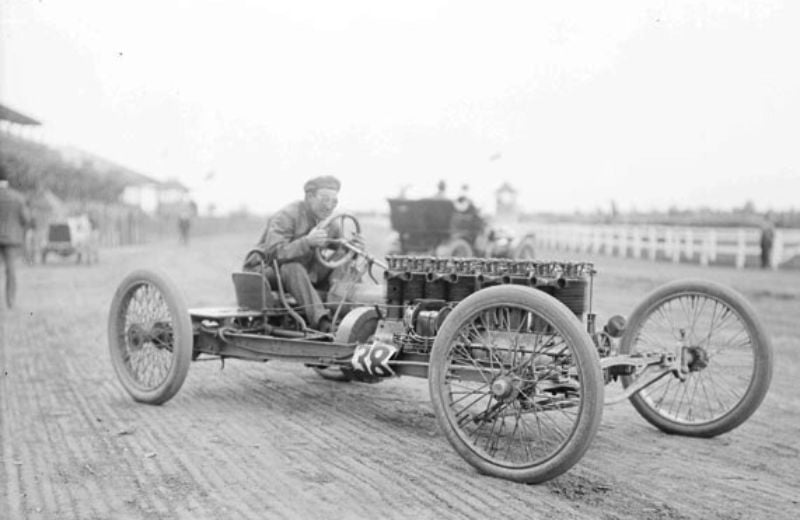On May 30, 1911, Carl Fisher became responsible for developing the race that would remain one of the world’s most recognized and respected automobile races.
In 1906, this car dealer from Indiana devised the idea of developing a safe way to test the maximum speeds of the new cars they built. Fisher and his associates formed the Indianapolis Motor Speedway about five miles away from the city on over 300 acres of farmland. These wise men held small races at the start. The races utilized pit cars from various manufacturers racing against each other to test the safe speeds of each company’s automobiles.
Fisher hoped that many manufacturers would hear about these races and come to test their newly developed vehicles. He had no idea that these races would become the huge deal and great sport that the Indianapolis 500 would become. Another benefit of holding these races included giving new car buyers a chance to view the way the cars performed. The racing fans could check out their potential new vehicles’ performance before making a purchase.
After a few years, the racing hype and races’ attendance dwindled. To keep up the interest in the Indy 500, Fisher and his cohorts decided only to have one big race per year. Fisher’s idea worked. The Indy 500 gets enjoyed and watched by car lovers at the race track and on TV by millions of viewers.
The first race was won on May 30, 1911, by Ray Harroun. Harroun won a prize of $14, 250 as the first driver to win the first Indianapolis 500. On racing day, 40 cars from Europe and the United States lined up at the starting line. One mishap that occurred included a multi-car accident that happened 13 miles into the race.
Harroun’s winning car was a “Marmon Wasp” built by the Marmon Motor Car Company. This six-cylinder speed vehicle was the only contestant in the race that didn’t carry a mechanic riding along. Ray Harroun developed the then-unique concept of attaching a rear-view mirror, which wasn’t standard vehicle equipment at the time. This significant addition became such an improvement in car safety that it soon became standard equipment on vehicles.
Harroun, who had previous racing experience, finished the first Indy 500 in six hours and 42 minutes. His average speed per lap was 74.59 miles per hour. The amount of money he made racing the Marmon Wasp at the first Indy 500 remained the largest prize purse in racing at that time.




